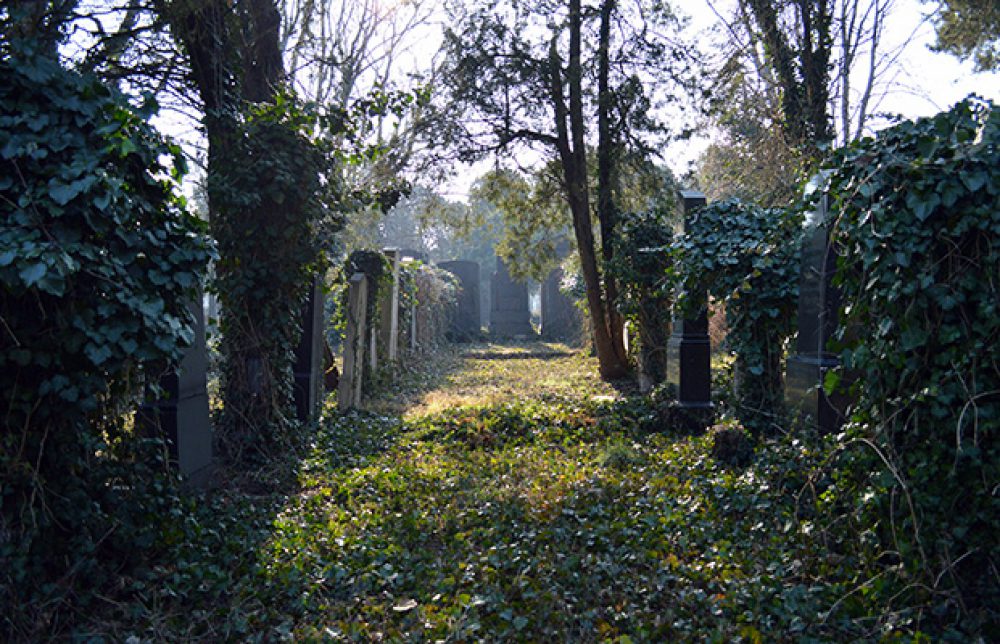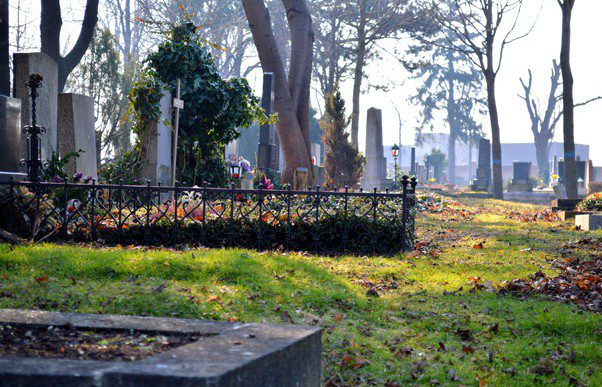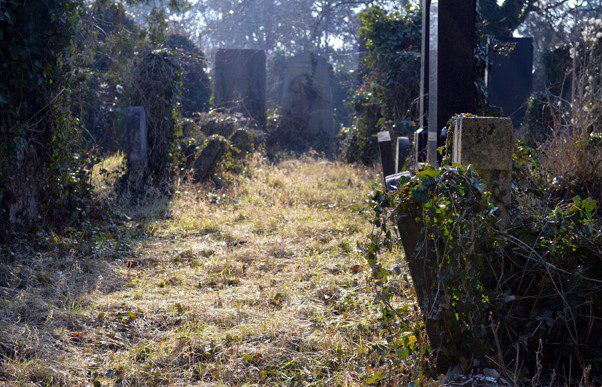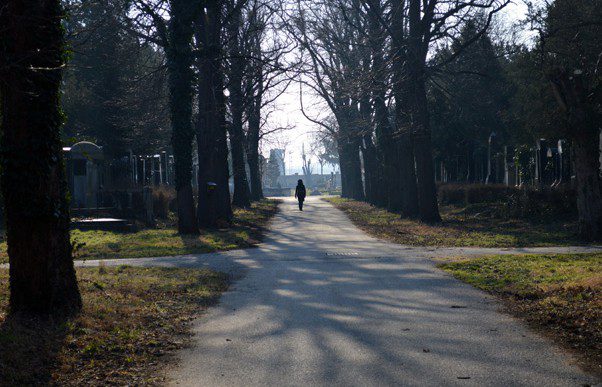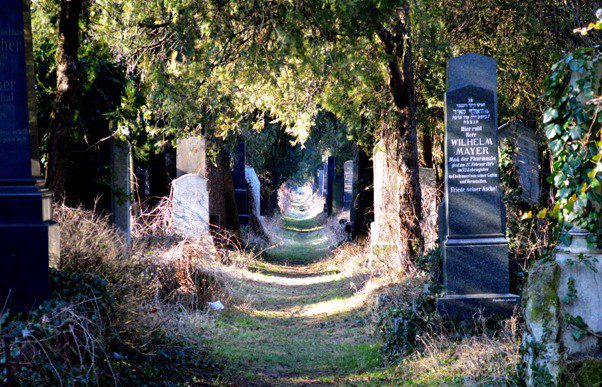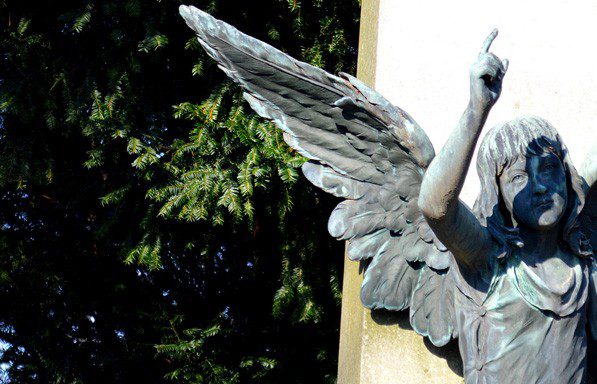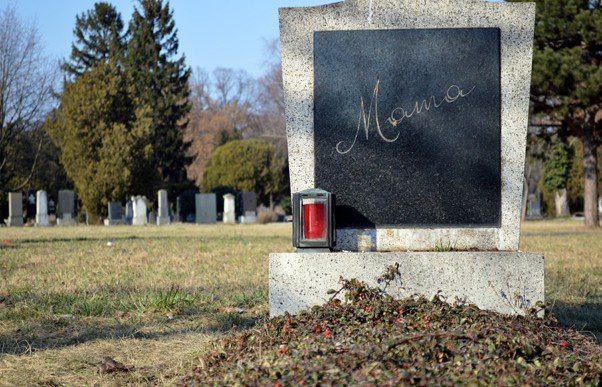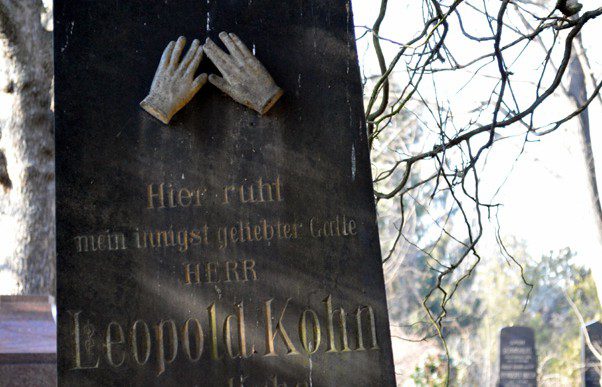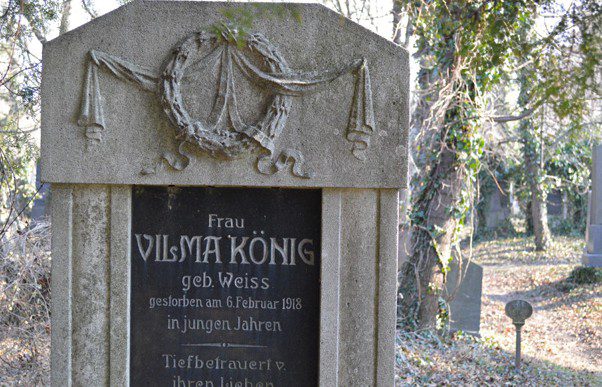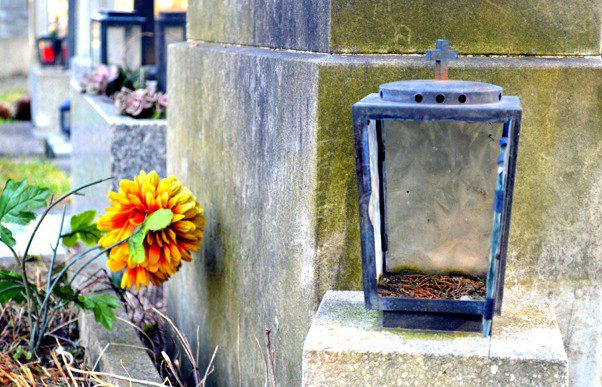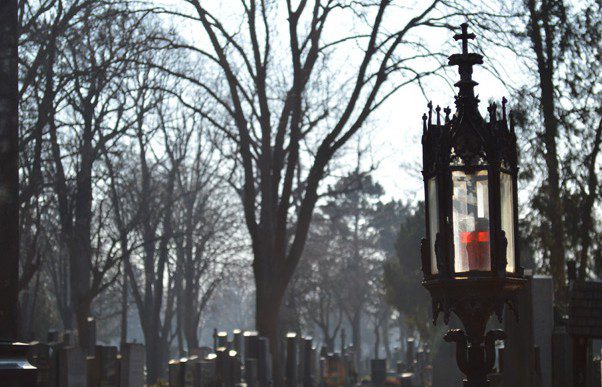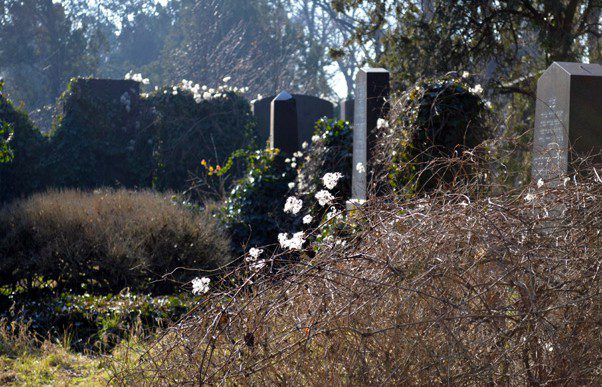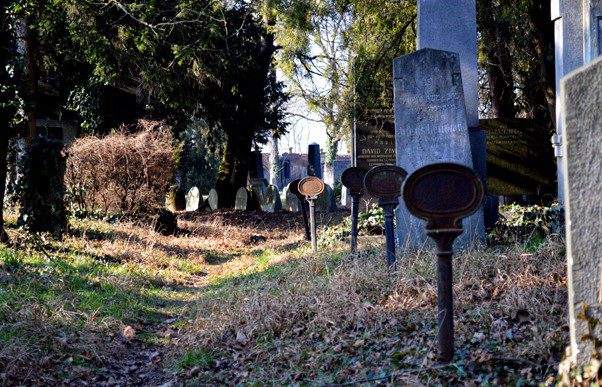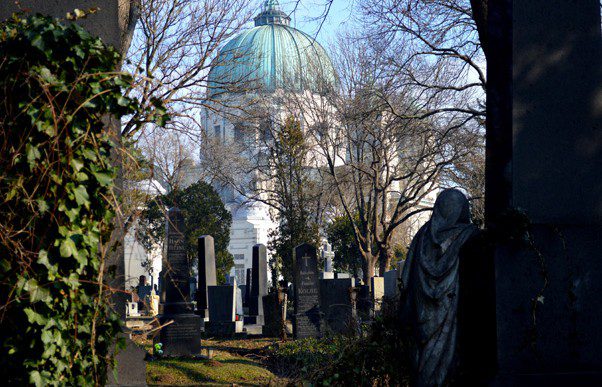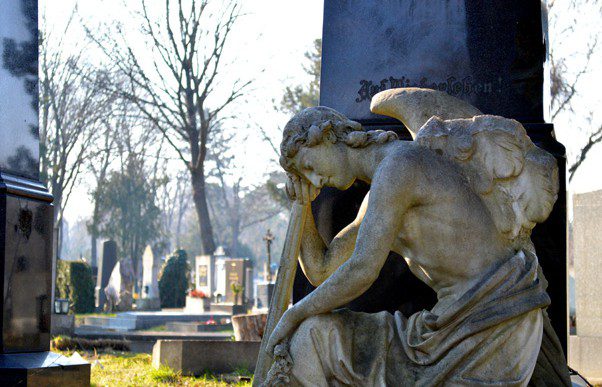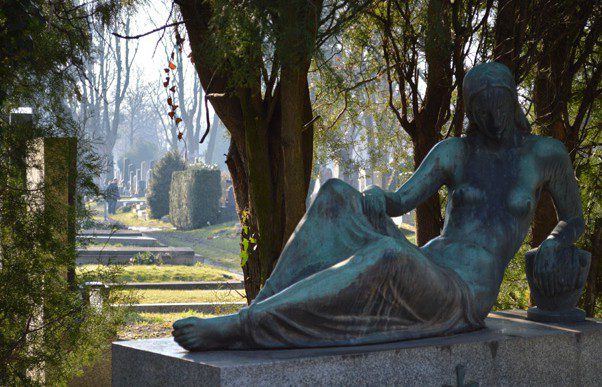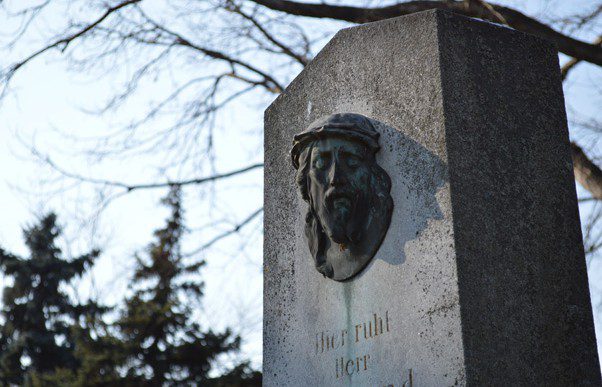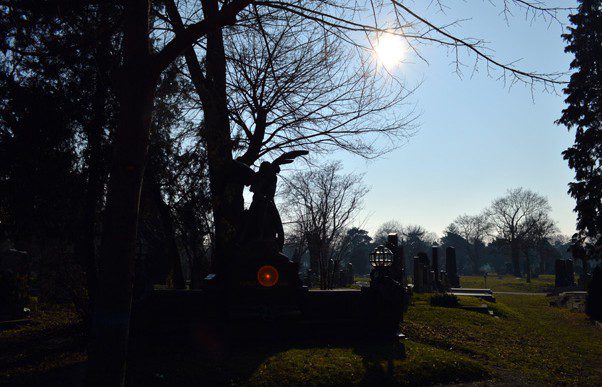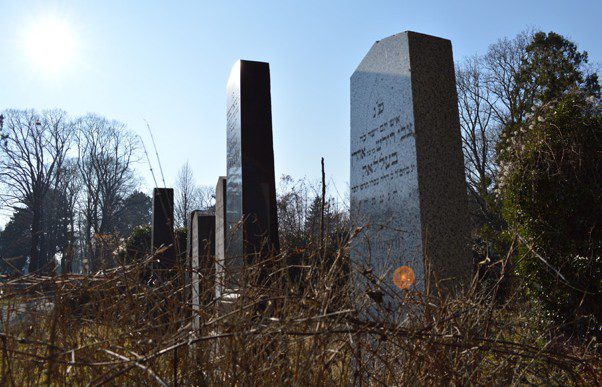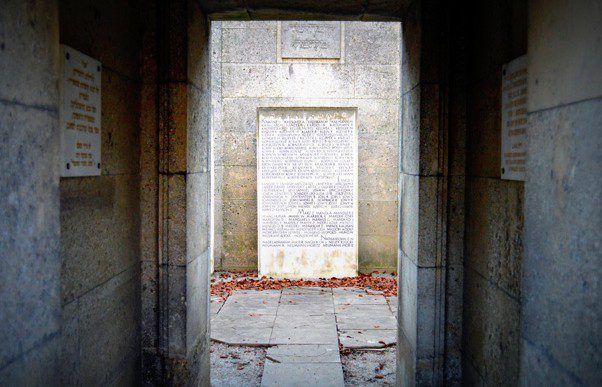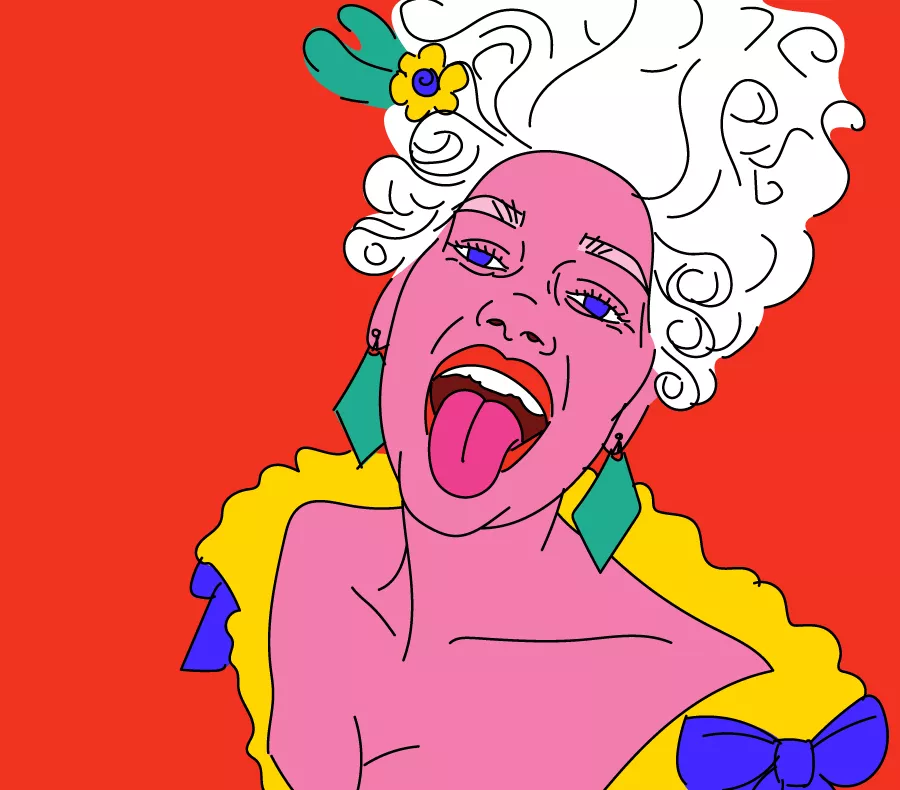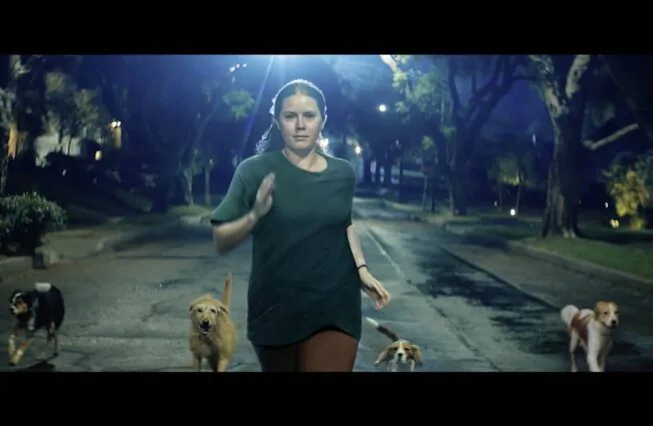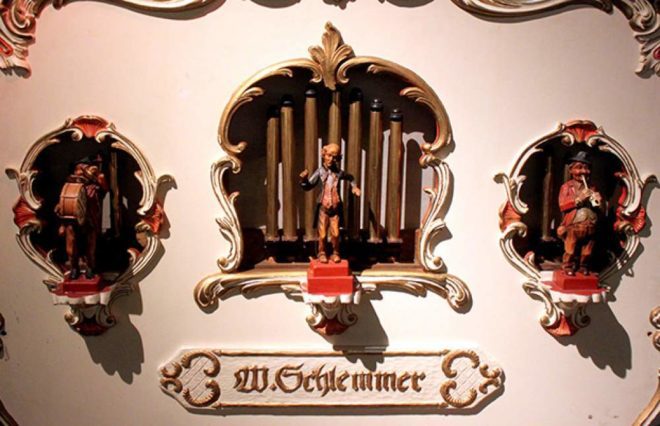“We do not understand death, we never understand it; creatures are only truly dead when everyone else has died who knew them“, said Viennese author, Arthur Schnitzler.
You can visit him here.
Amongst the field of dead bodies piled on top of each other. It’s one of the largest cemeteries in the world.
Imagine that – I’m standing in one of the most densely populated dead cities in the world. It has almost twice the inhabitants of Vienna’s living population. Over 3 million burials and counting. You could probably see it from space – If ya’ look real hard, that is.
It’s so God damn big, there’s street signs and a bus.
Most guidebooks will lead you here to visit some decomposing famous composer – Schubert, Strauss, Brahms, Beethoven. But the idea of visiting some dead guy who once created music and played the piano dosen’t turn me on. And I actually think it’s an anticlimax for most who come here to visit them. But maybe people do just to make sure they’re dead as their music has made them immortal.
But for me, it’s the ordinary people buried here that draws me in.
The teacher who’s gravestone reads, ‘You were a simple man who did little for yourself, yet who’s happiness and responsibility in life came from doing things for others’.
Or Vilma König who’s gravestone reads, ‘She died young. We grieve deeply for her life.’
Or Leopold Kohn – ‘Here rests my deeply beloved husband.’
Or the other grave that simply states, ‘Mama.’
One gravestone says ‘auf wieder sehen’ (see you later).
It was typical amongst former generations in Austria to rent out a grave plot for most of your life. That was before today’s generation – we’re invincible and have no need for graves; that is, until we die.
This metropolis of worms and bones was built as industrialisation was kicking off, and Vienna’s population was beginning to boom.
2.5 square kilometers were put aside for the dead to come in 1863. And they did come. And they continue to do so, with over 20 burials daily.
The scattered mist, the sun casting shadows and lighting headstones. The fake plastic flowers by one of the graves. Is it a worry that I’m starting to enjoy the company here?
I stand on a grave while getting a closer look at the gravestone. The ground beneath my feet feels like it’s sinking.
The place makes me feel like I’m in amongst the stillness of history. Like I’m standing on stories, piles of them. A library of lives.
Some of the gravestones are as elaborate as a 4-storey mansion with lion or dragon statues out the front.
Other gravestones are bent over and broken like old men, in the grips of scraggly dead-looking vines, lining paths so overgrown they look like they’ll swallow you.
There are people of all religious breeds buried here – Christians, Jews, Muslims, Buddhists. You could imagine the Broohaha this ignited back in the day.
It’s the Jewish presence that manages to strike me hard and fast like a wind pushing back at me as I stand on the edge of a cliff.
I walk into a castle looking structure that turns out to be a monument commemorating the Jewish soldiers that fought for the Kaiser in the First World War, but were later killed in the Shoa (Hebrew: holocaust). Chills up my spine and goosebumps on my skin.
To understand Vienna’s soul, you have to visit its dead. Like the old couple holding hands who walk past me while I’m taking photos of graves. They’re chatting, holding hands and laughing. And reminding me of the thoroughly lived by sentiment from one Hunter S. Thompson:
“Life should not be a journey to the grave with the intention of arriving safely in a pretty and well preserved body, but rather to skid in broadside in a cloud of smoke, thoroughly used up, totally worn out, and loudly proclaiming “Wow! What a Ride!”

